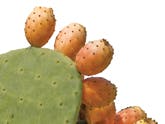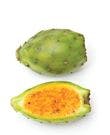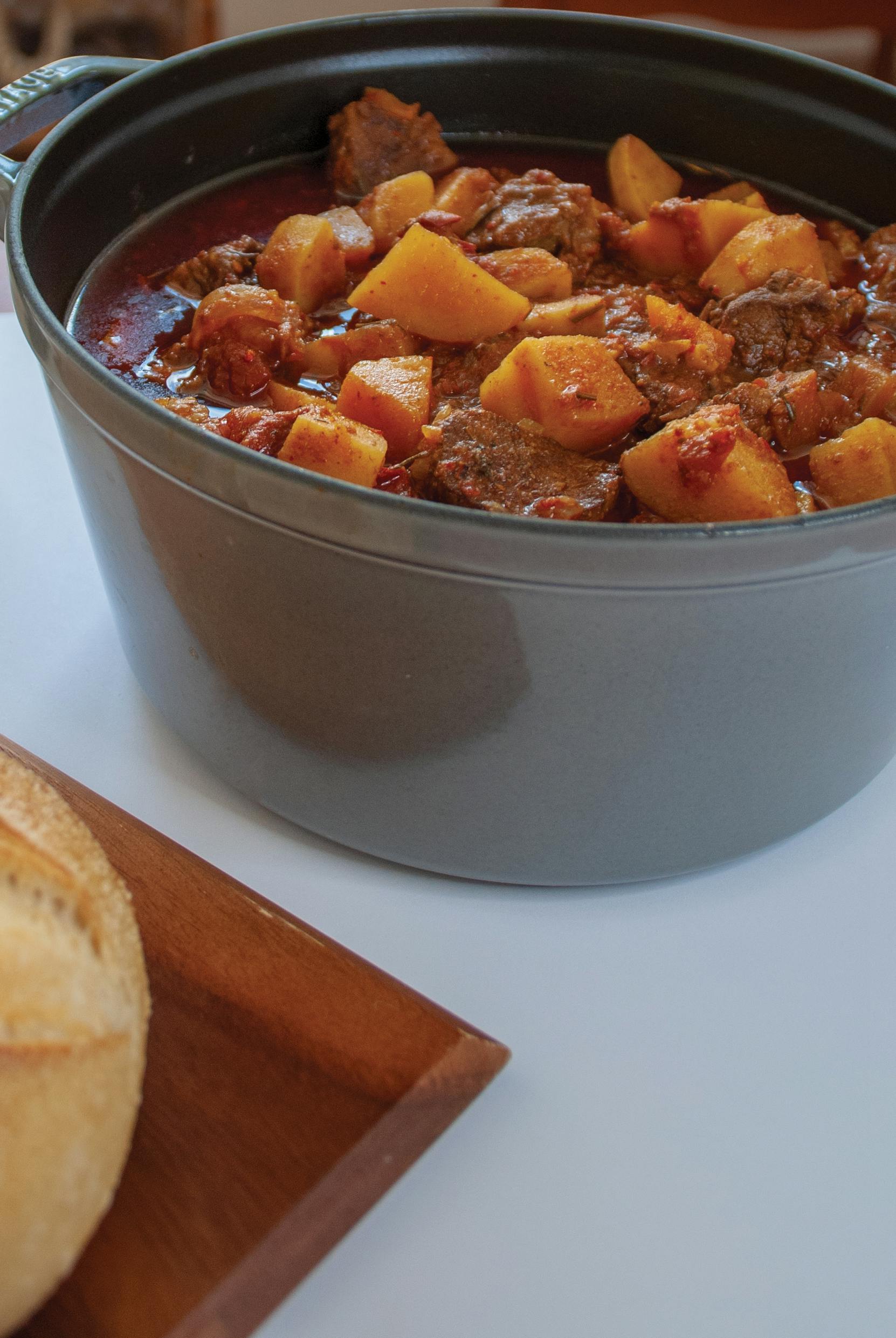Sabras—Thorny but Sweet: Cactus Fruit Jam

Native only to the New World, this cactus was imported to Israel in the 19th century where it immediately took to the limestone soil and arid climate. It so quickly became a part of the landscape that it surprises many to learn that the sabra is not native to the region. The plant has become so well known that it is actually used as a “word picture” to describe the personality of the native born Israeli: tough and thorny on the outside but soft and sweet on the inside.
The pads themselves, which are not “leaves” but rather extensions of the stem, are a great source of Vitamin C and are eaten as a vegetable, while the fruit can be used in salads, pies, toppings for desserts, or dried as a snack food. The fruit’s juice is used to make jam or blended in smoothies. One Internet site suggested mixing the juice with 7-Up or ginger ale for a tasty drink. Upscale Israeli restaurants serve Sabra liqueur, Sabra salad, and Sabra crepes flambe.
As you can imagine, cactus pads or fruit are not easily harvested, but a long-handled tong can be used to pick the fruit. Native American Indians would roll the fruit in a gritty sand to “sand off” the tiny thorns. You certainly don’t want them in your skin as they are difficult to remove and can cause much discomfort to the throat, lips, and tongue if ingested. If you happen to be camping in the desert, you might pass them through an open flame or shake them in a bag of hot coals, but the glochids can also be removed with a knife. However, Israeli ingenuity has produced a thorn-free fruit, which they call “nopalitos.”

Once slit and peeled, the fruit rapidly loses its nutritional value and can ferment, so you want to prepare them not long before eating or cooking them. Tinned versions are now available and are being exported from Israel, though some say their flavor falls short of the fresh. Be brave, tackle this thorny fruit and discover the hidden sweetness inside!
Cactus Fruit Jam
6 c. cactus fruit pulp
Water
Put cactus fruit pulp in a pot and add water until half of the pulp is covered. Soak the pulp for an hour and a half. Stir every now and then. Put the pot over a low flame and cook for 30 to 40 minutes. Separate the pulp from the liquid, saving the pulp. Boil the liquid very slowly (stirring all the time) until it turns into a syrup. Then mash the pulp and put through a strainer to remove the seeds. Combine the remaining pulp with the syrup until the mixture is the consistency of jam. When it looks like jam, it is jam. Do not add sugar.
By Cheryl Hauer and
Charleeda Sprinkle
Related Resources

Discover Your Purpose and God’s Heart For You
In today's divided, turbulent world, it's essential for the Church to rediscover God's heart. Our free e-book, authored by a seasoned expert with three decades of experience in Israel, delves deep into the teachings of Jesus (Yeshua) to reveal God’s principles of love and purpose. Learn how embracing these truths can bring significance and impact to your life, even amidst chaos. Subscribe now to receive your free copy and embark on a journey of transformation.



